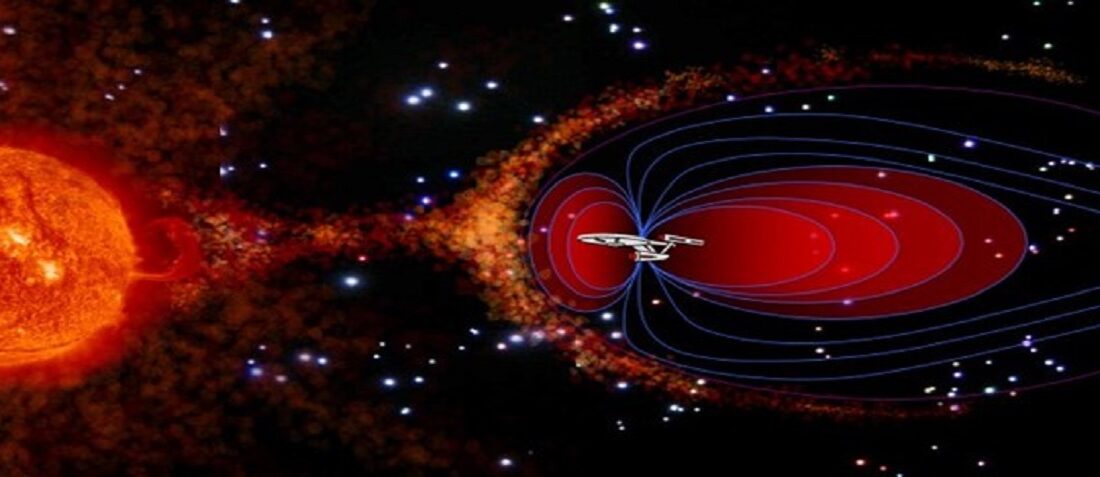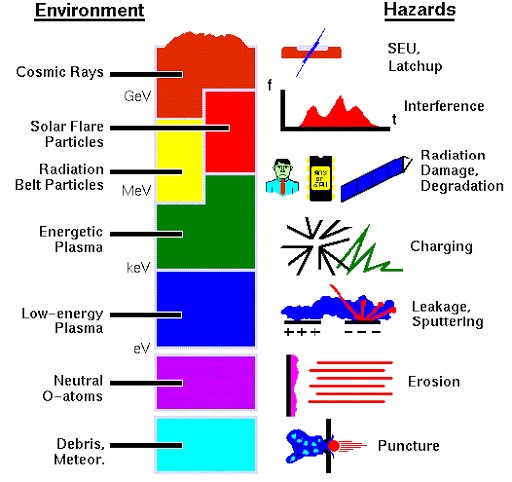
Radiation analysis: What information should be included?
- Posted by José Francisco Largaespada
- On October 23, 2020
- 1
The radiation analysis is an essential document for the revision and approval of the components used within space equipment. This document includes in a single place all the information (data, assumptions and methods) and the results obtained when analyzing the radiation effects in the components used. With this document, users can prove that the components used in their equipment comply with all the radiation requirements of the project, from radiation levels to comply with test normative.
This document shall be delivered at least at PDR (Preliminary Design Review) and at CDR (Critical Design Review) stages, at it shall be reviewed and approved by the customer.
Due to its criticality, we are going to detail the requirements and the information that needs to be included in a Radiation Analysis
- In the first place, it is essential for the radiation analysis to clearly identify and state the radiation environment of the mission. For this purpose, the following information is needed
- Mission orbit and duration shall be documented.
- The incidence of high energy electrons and protons into the spacecraft shall be documented. This shall be done by calculating and showing the fluence vs energy spectra (tables and figures)
- Total dose curves (in Silicon) versus Aluminium shield thickness for a solid sphere geometry shall be presented with figure and table.
- Total non-ionizing dose curves for Silicon and GaAs materials versus Aluminium shield thickness for a solid sphere geometry shall be presented with figure and table.
- GCR fluxes versus LET spectrum calculated for a given Aluminium shield thickness (e.g. 1 g/cm2) shall be presented with figure and table.
- Solar particle event fluxes versus LET spectrum for a given Aluminium shield thickness (e.g. 1 g/cm2) shall be presented with figure and table.
- Trapped and solar protons shielded (e.g. behind 1 g/cm2 of Al) fluxes versus energy spectra shall be presented with figures and tables.
- One the radiation environment is presented, one key aspect of the radiation analysis is to list all the radiation-sensitive parts (for TID, TNID and SEE). There should be a clear view of all the parts sensitive to each radiation effect. In order to be coherent with other documentation about the equipment, the references (part number, part type) used in the DCL shall be the ones used in the radiation analysis.
- Radiation analysis shall provide TID, TNID and SEE tolerances for each sensitive part, with reference to an appropriate test report
- The radiation analysis shall clearly identify the part that is submitted to RVT
- The radiation analysis report shall include the description of mechanical model, assumption, method and tools used for ray trace or Monte Carlo analysis, and results obtained.
- The radiation analysis report shall present the dose levels and sensitivity levels for TID and TNID, as well as Radiation Design Margin. The RDM shall comply with the requirements of the project and the methods to achieve this compliant RDM (such as local shielding) shall be documented
- The radiation analysis report shall describe the assumptions, methods and tools used for SEE rate predictions as well as SEE rates.
- The radiation analysis report shall present SEE criticality analysis results.
- Plastic RT PWM and FET Driver from Renesas for New Space - June 5, 2022
- Component Selection in New Space Applications - July 2, 2021
- Product Assurance Plan for Small Sats - July 1, 2021


1 comments on Radiation analysis: What information should be included?